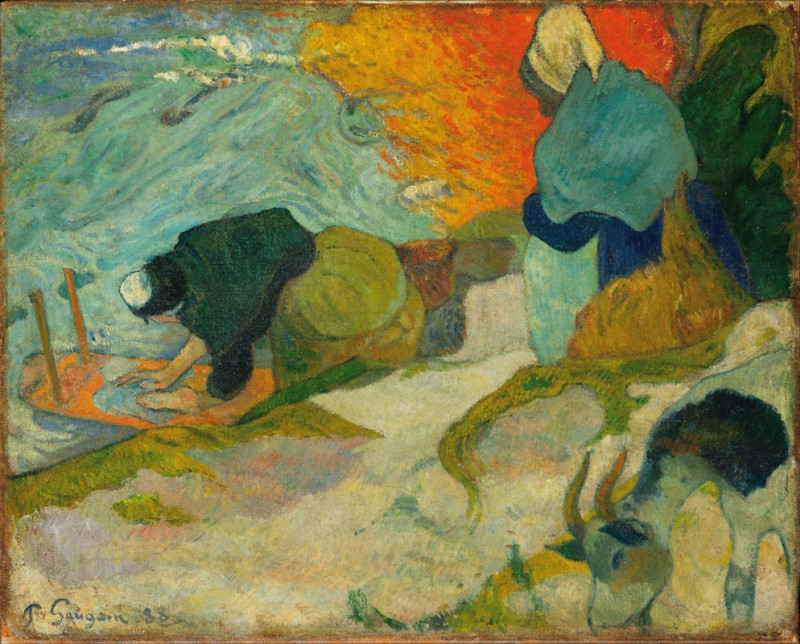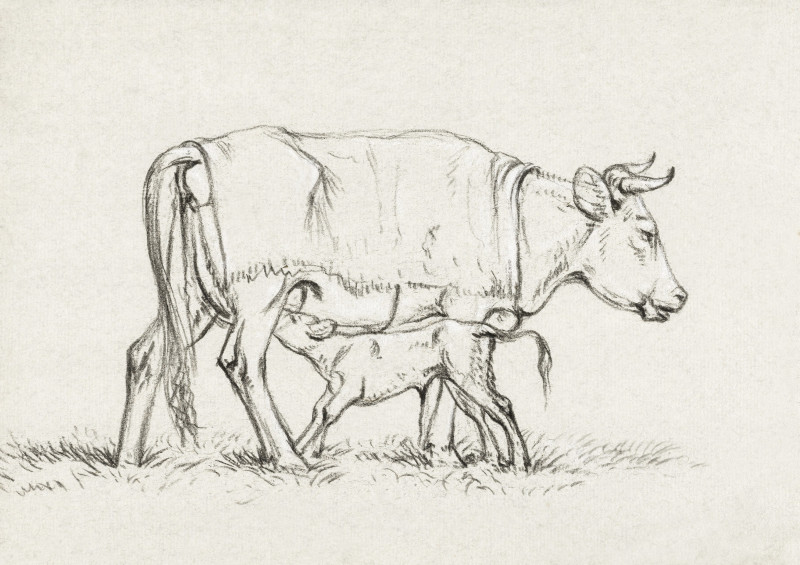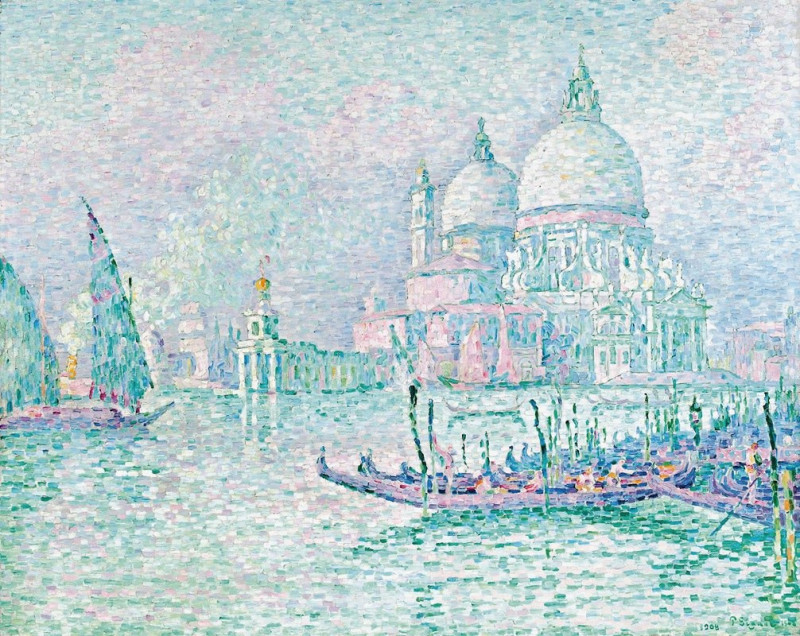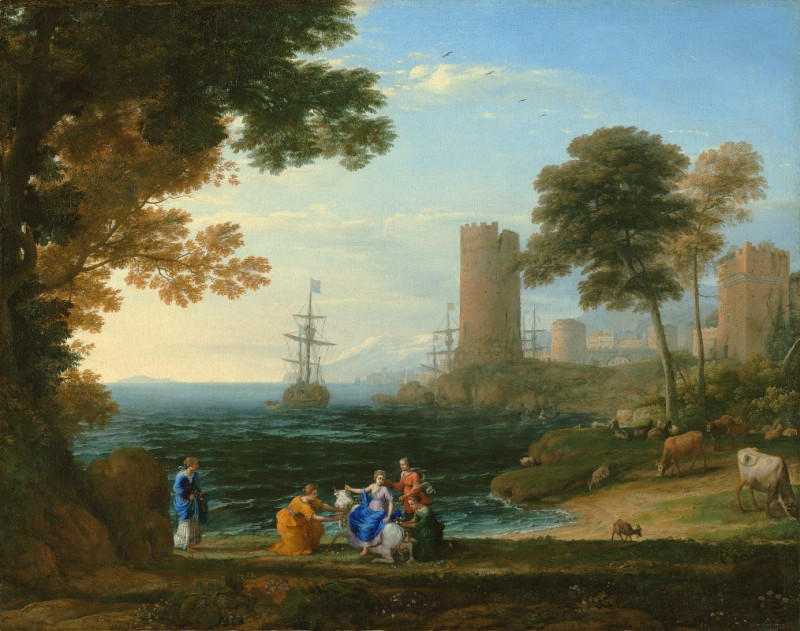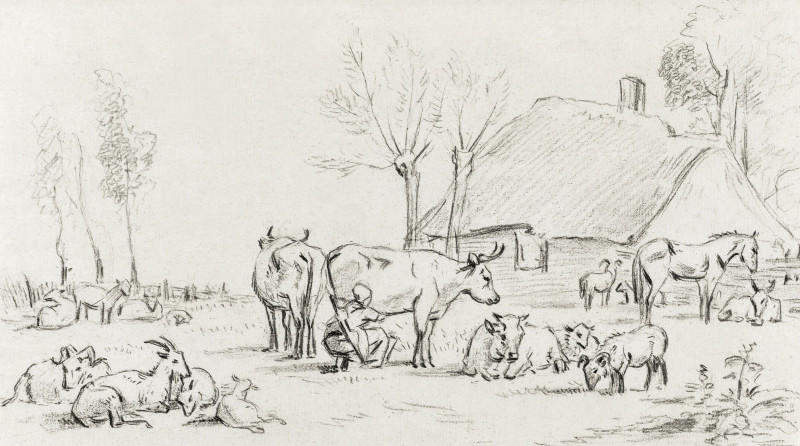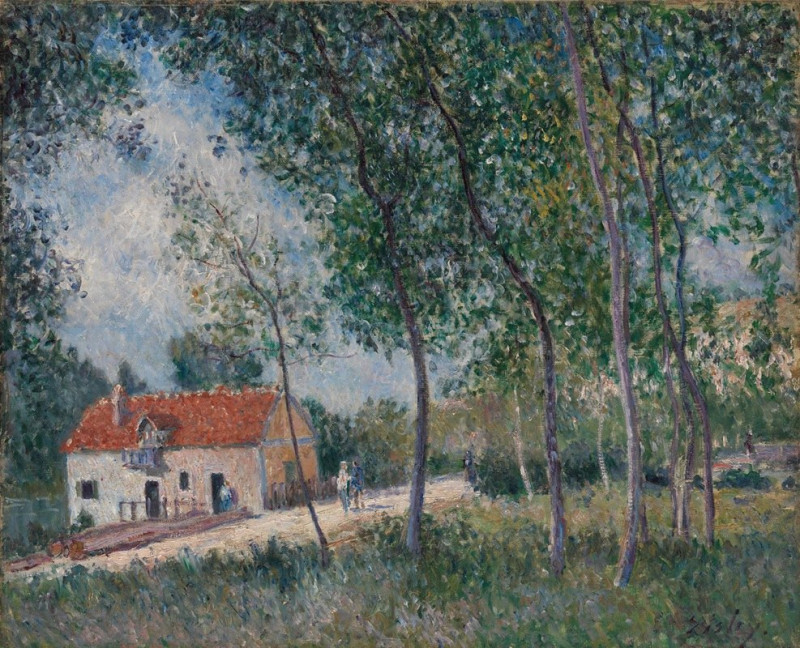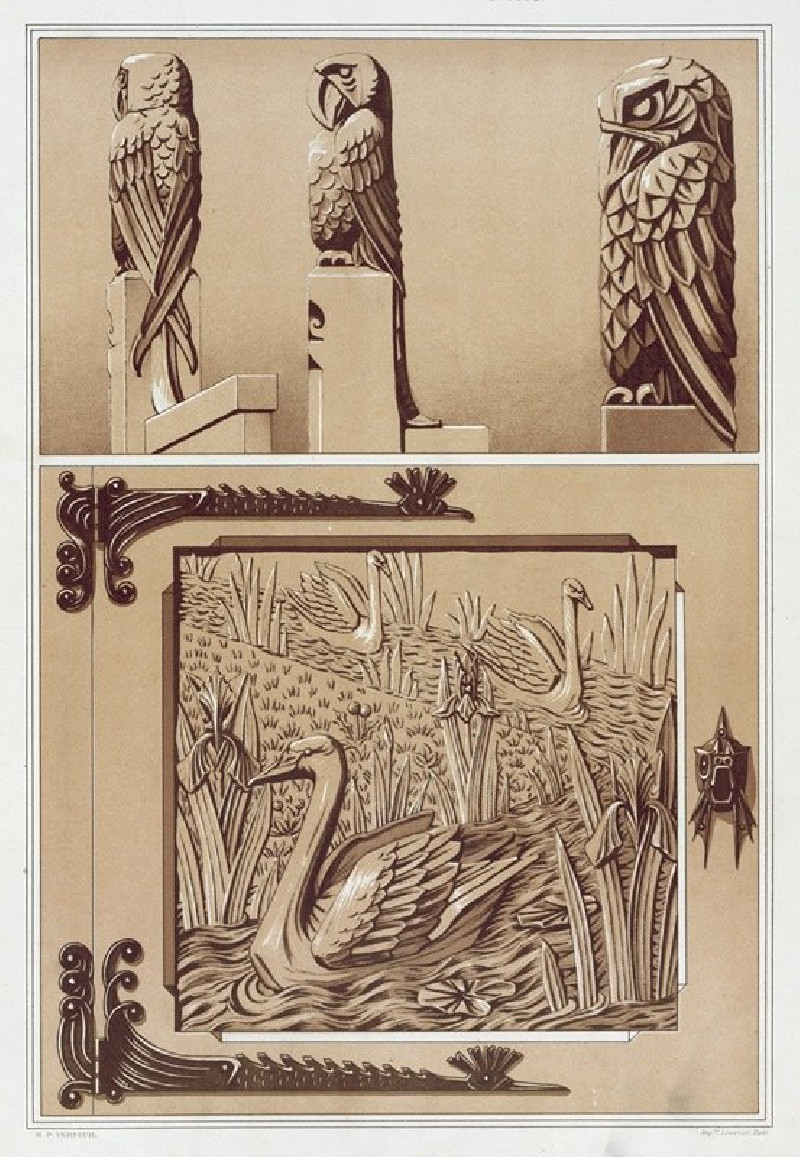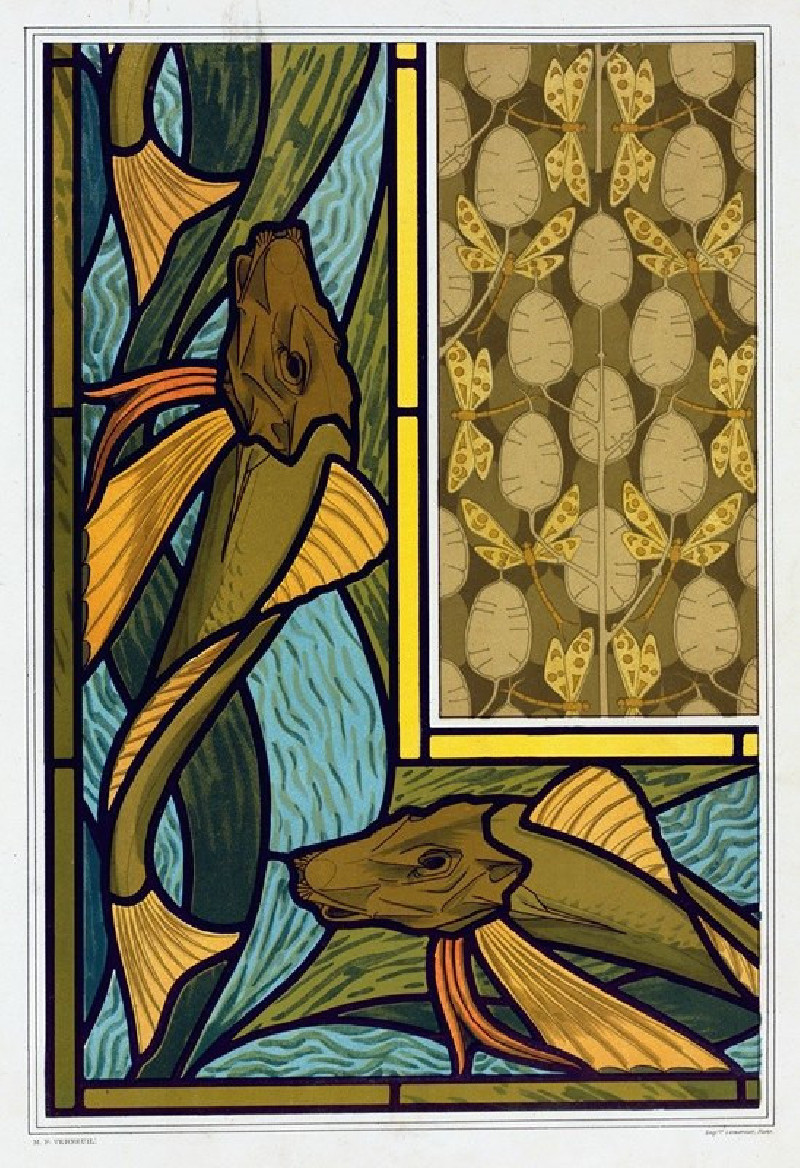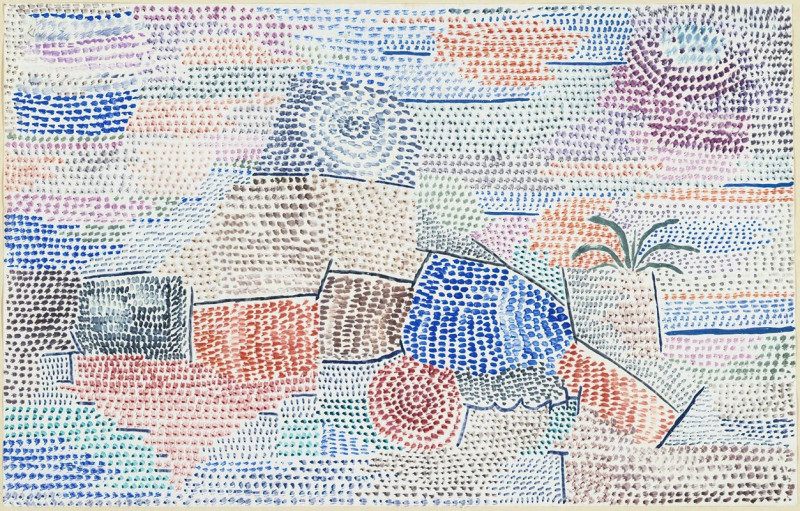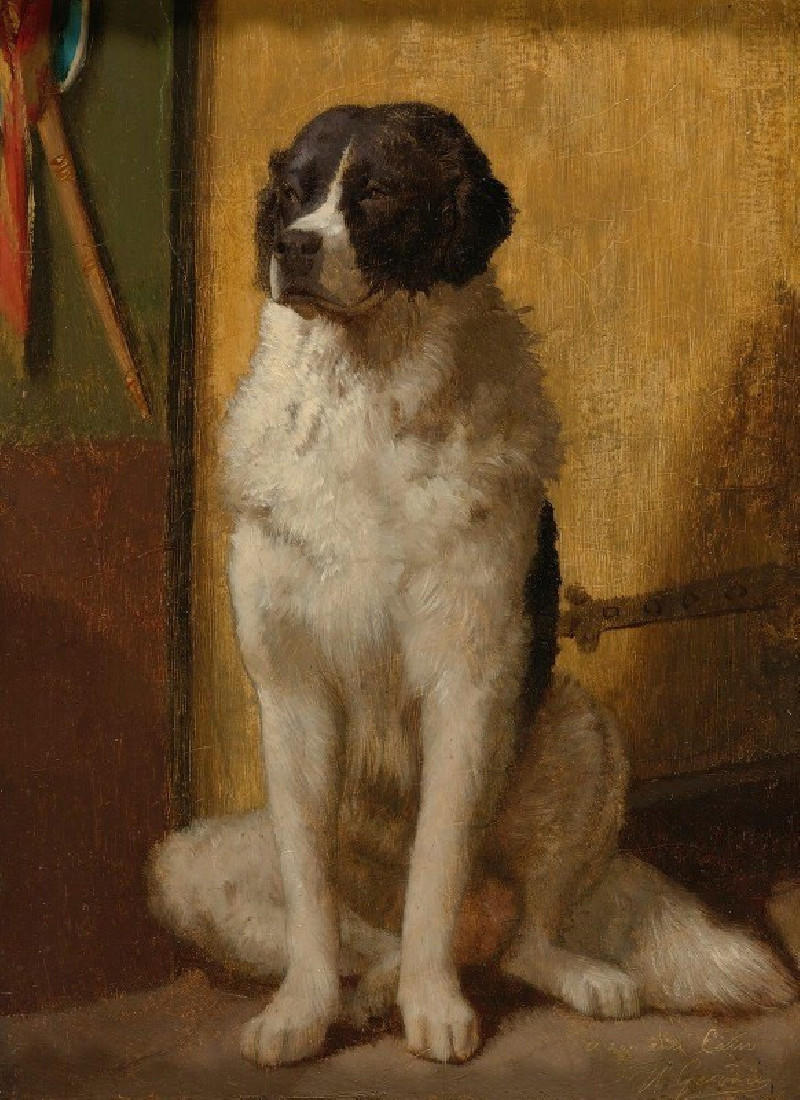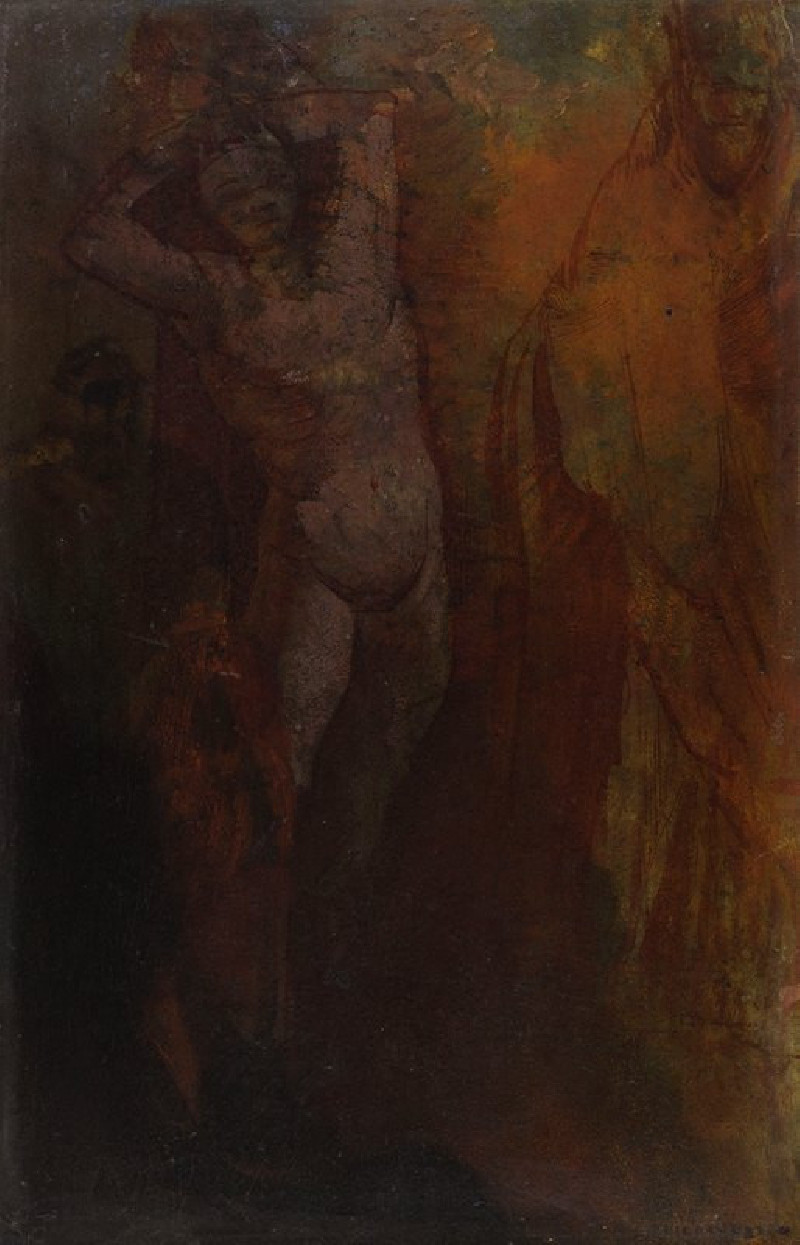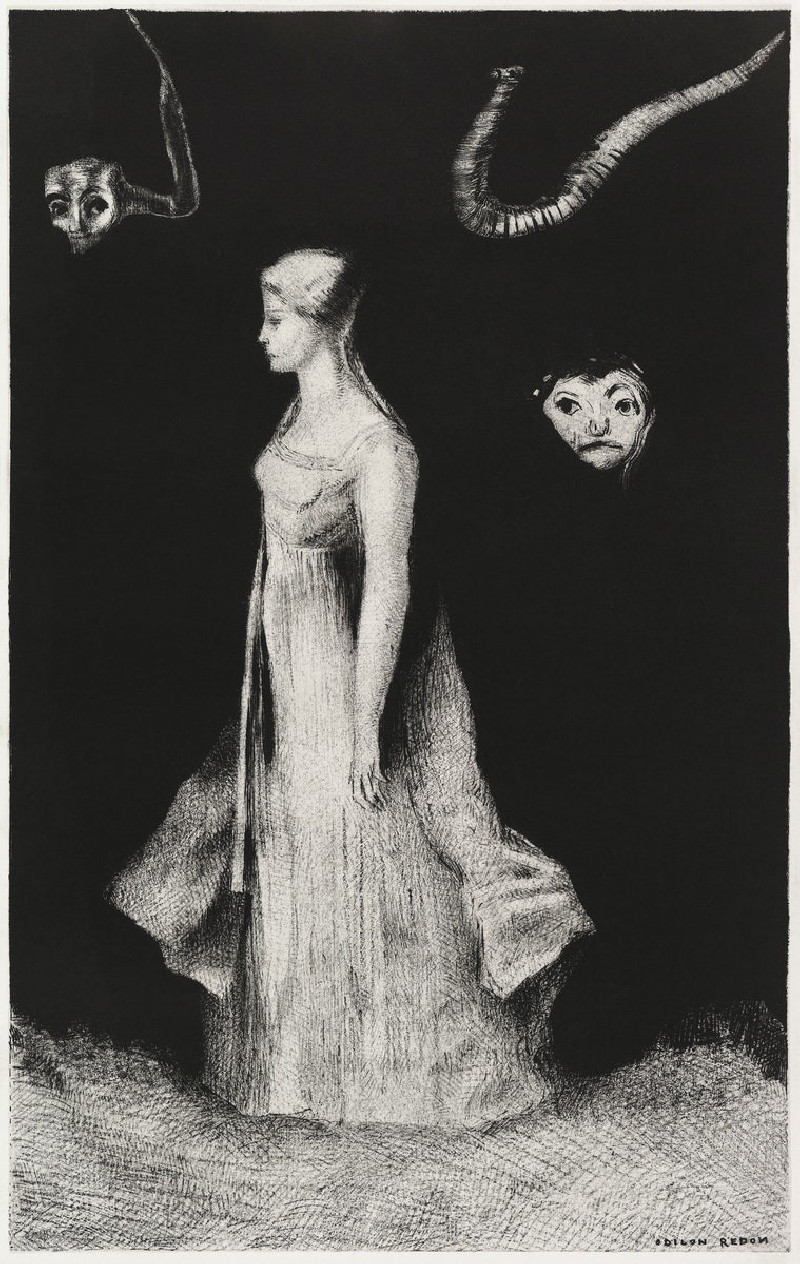The minaret of the Mosque El Rhamree. (1846-1849)
Technique: Giclée quality print
Recommended by our customers
More about this artwork
David Roberts’ remarkable lithograph, "The Minaret of the Mosque El Rhamree," created between 1846 and 1849, offers viewers a unique window into a historical and architectural treasure of the Middle East. This visually arresting piece is part of Roberts' extensive works depicting his travels in Egypt and the surrounding regions.In this intricate artwork, the focus is drawn towards the towering minaret adorned with decorative striped patterns of red and white, showcasing the architectural precision and aesthetic sensibilities of the era. The minaret spikes upward into the sky, its elaborate balcony and spire piercing the skyline, suggesting both a proximity to the divine and the architectural ambition of its creators.The scene is set in a narrow alley, flanked by the sun-drenched walls of surrounding buildings, creating a play of light and shadow that adds a dynamic element to the static structure. The perspective chosen by Roberts ingeniously frames the minaret, drawing the viewer's eye upwards while simultaneously highlighting the bustling life at ground level.Present in the painting are several figures, likely local residents, depicted in vibrant, traditional attire that contrasts vividly against the muted background. Their presence not only infuses life into the scene but also provides a sense of scale and everyday human activity, grounding the lofty architectural marvel in the day-to-day life of the people.Roberts' work not only captures a moment in time but also subtly comments on the cultural and societal structures of the period through architecture and human presence. This lithograph is more than just a visual representation; it's an invitation to ponder on the intersections of culture, history, and space in one of the most historically rich regions of the world.
Delivery
Returns
David Roberts (24 October 1796 – 25 November 1864) was a Scottish painter. He is especially known for The Holy Land, Syria, Idumea, Arabia, Egypt, and Nubia, a prolific series of detailed lithograph prints of Egypt and the Near East that he produced from sketches he made during long tours of the region (1838–1840). These and his large oil paintings of similar subjects made him a prominent Orientalist painter. He was elected as a Royal Academician in 1841.


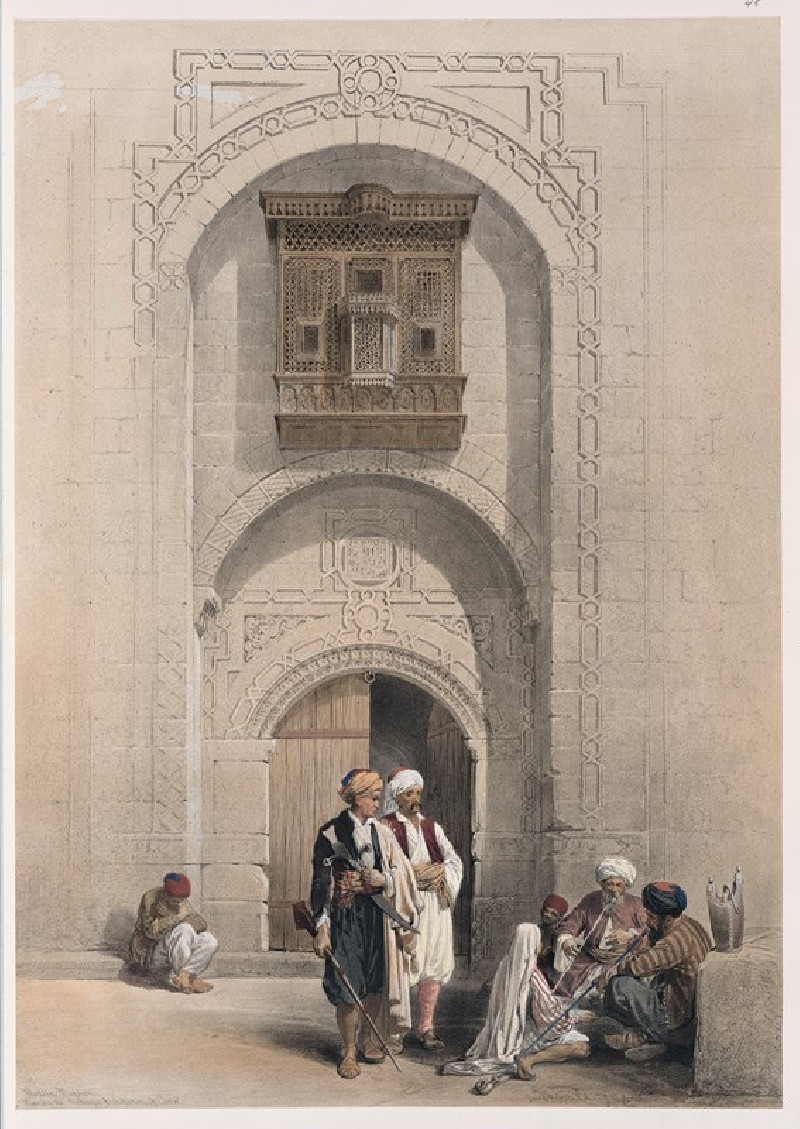
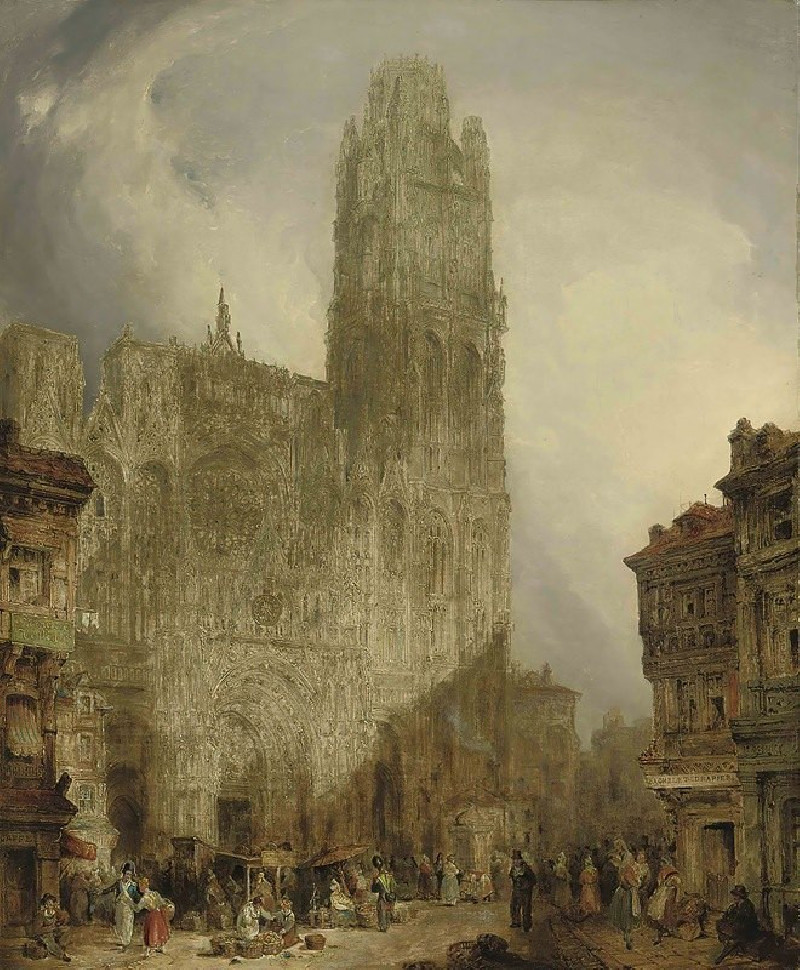
![Siout [Asyût]. Upper Egypt. (1846-1849) reproduction of painting by David Roberts. ALL GICLEE PRINTS](https://reprodukcijos.lt/39216-large_default/reproduction-of-siout-asyut-upper-egypt-1846-1849.jpg)
![Hermont [Armant], ancient Hirmonthis. Nov. 26th, 1838. (1846-1849) reproduction of painting by David Roberts. ALL GICLEE PRINTS](https://reprodukcijos.lt/39215-large_default/reproduction-of-hermont-armant-ancient-hirmonthis-nov-26th-1838-1846-1849.jpg)
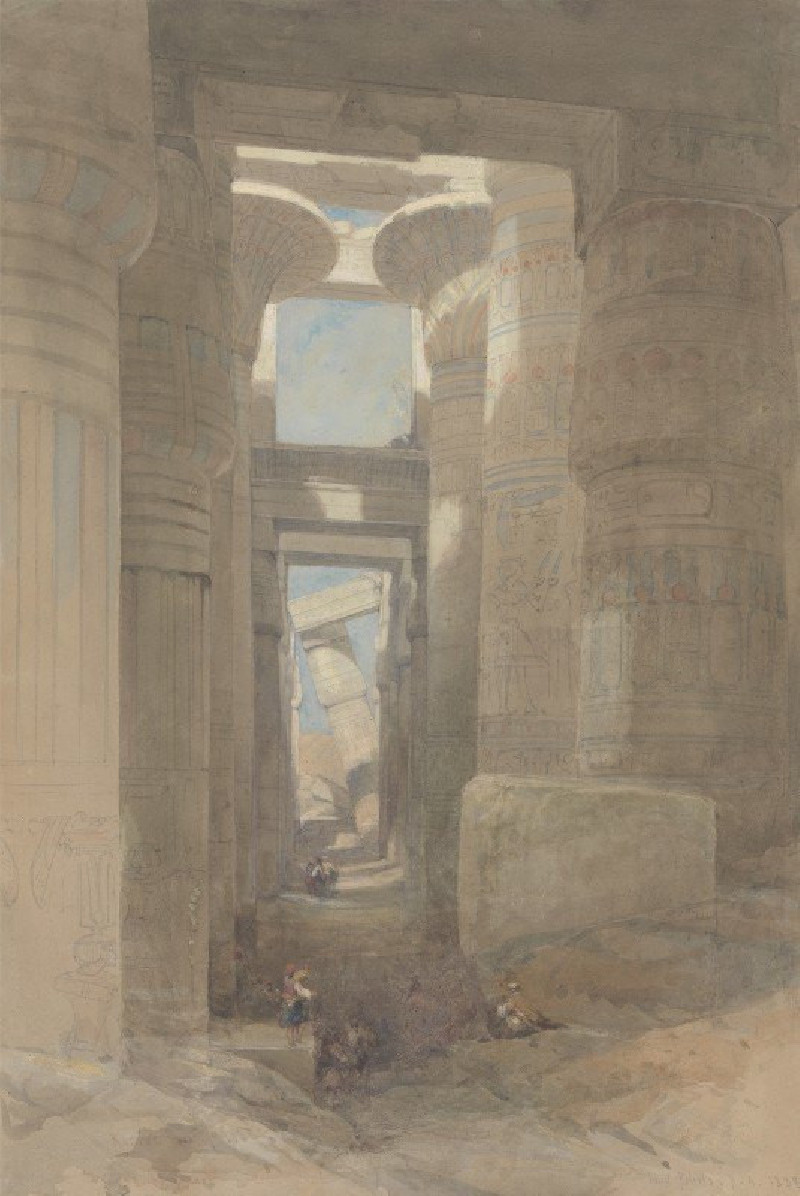
![Temple of Wady Saboua [Wadi al-Sabua], Nubia. (1846-1849) reproduction of painting by David Roberts. ALL GICLEE PRINTS](https://reprodukcijos.lt/39213-large_default/reproduction-of-temple-of-wady-saboua-wadi-al-sabua-nubia-1846-1849.jpg)
![Portico of the Temple of Edfou [Idfû], Upper Egypt. Nov. 23rd, 1838. (1846-1849) reproduction of painting by David Roberts. A...](https://reprodukcijos.lt/39212-large_default/reproduction-of-portico-of-the-temple-of-edfou-idfu-upper-egypt-nov-23rd-1838-1846-1849.jpg)
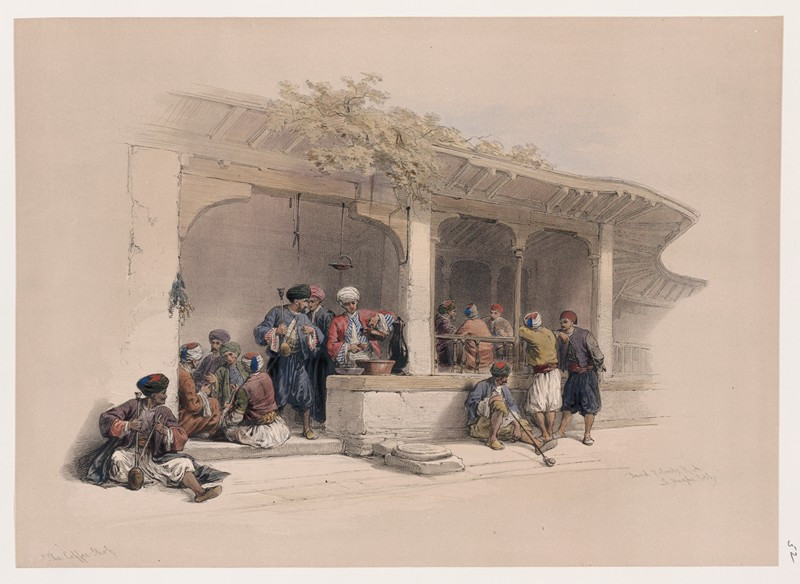

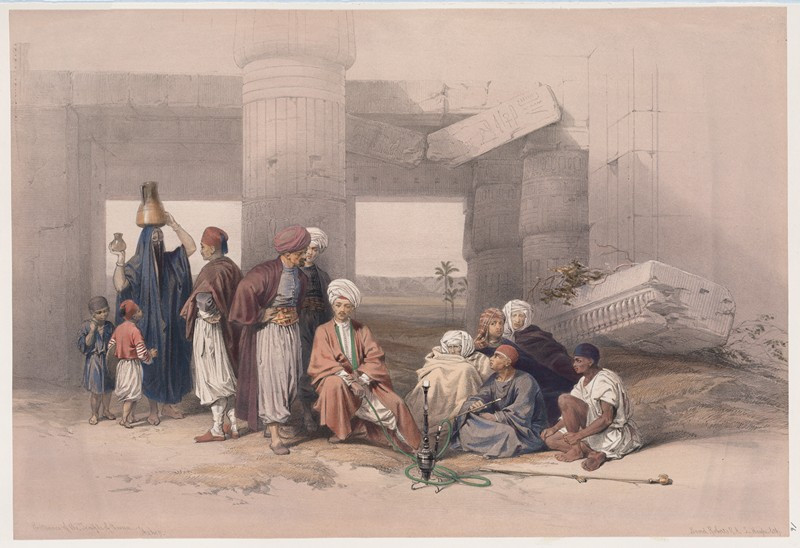
![Edfou [Edfu, Idfû]. Nov. 24th, 1838. (1846-1849) reproduction of painting by David Roberts. ALL GICLEE PRINTS](https://reprodukcijos.lt/39208-large_default/reproduction-of-edfou-edfu-idfu-nov-24th-1838-1846-1849.jpg)
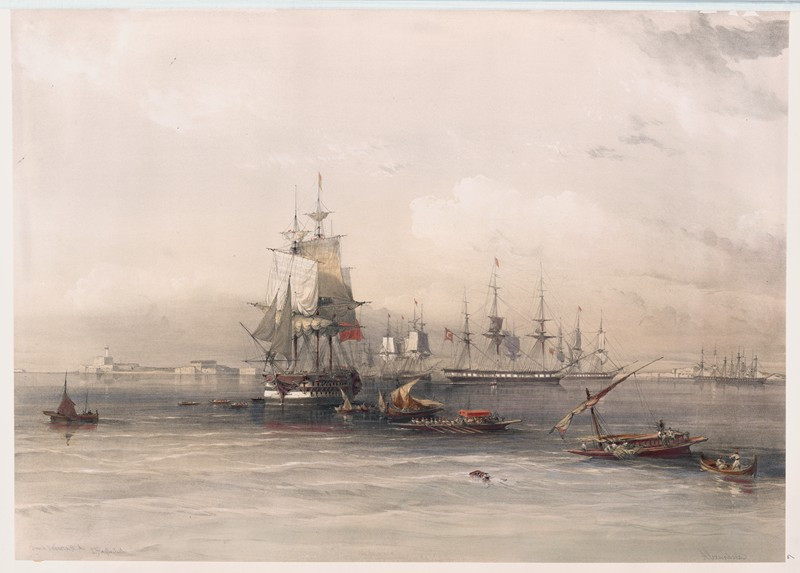
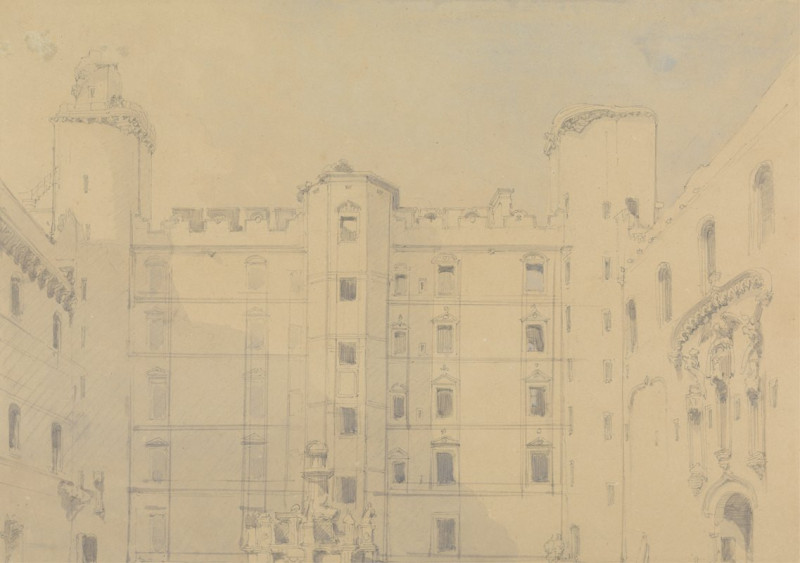
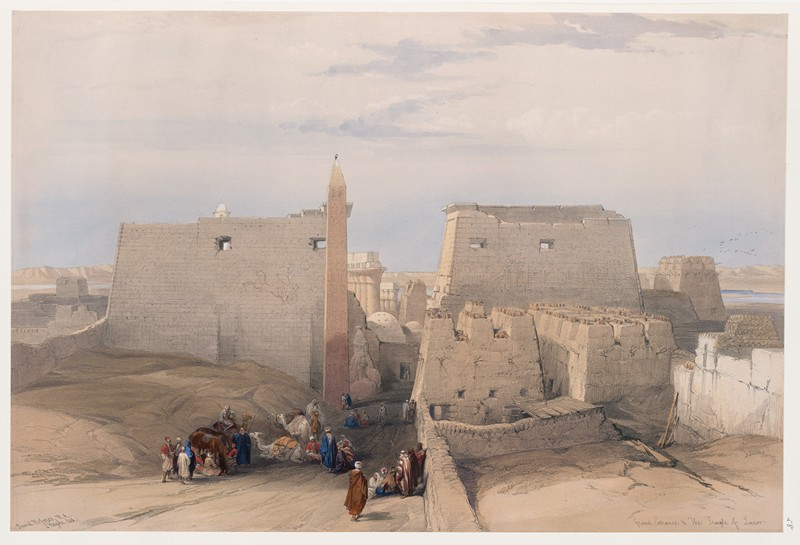

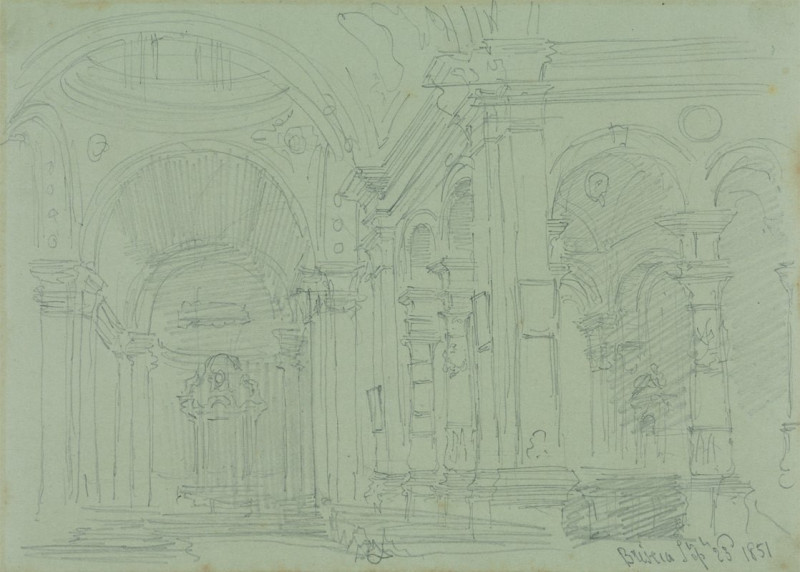
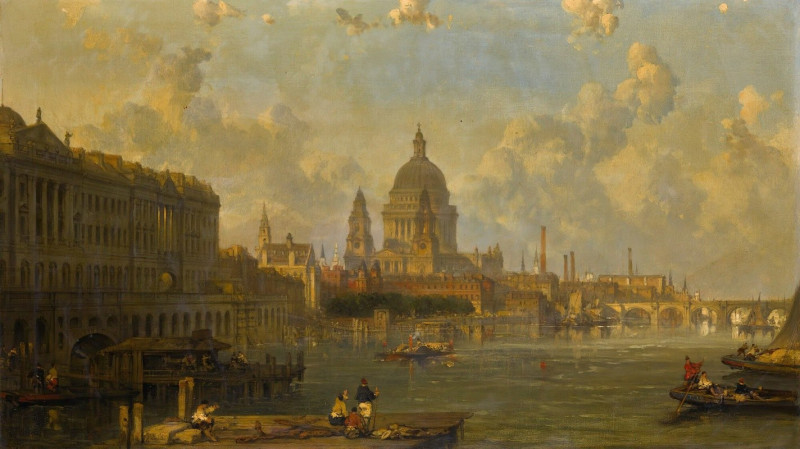
![Temple of Kalabshee [Kalabsha, Kalâbishah], Nubia. Nov. 1838. (1846-1849) reproduction of painting by David Roberts. ALL GICL...](https://reprodukcijos.lt/39201-large_default/reproduction-of-temple-of-kalabshee-kalabsha-kalabishah-nubia-nov-1838-1846-1849.jpg)
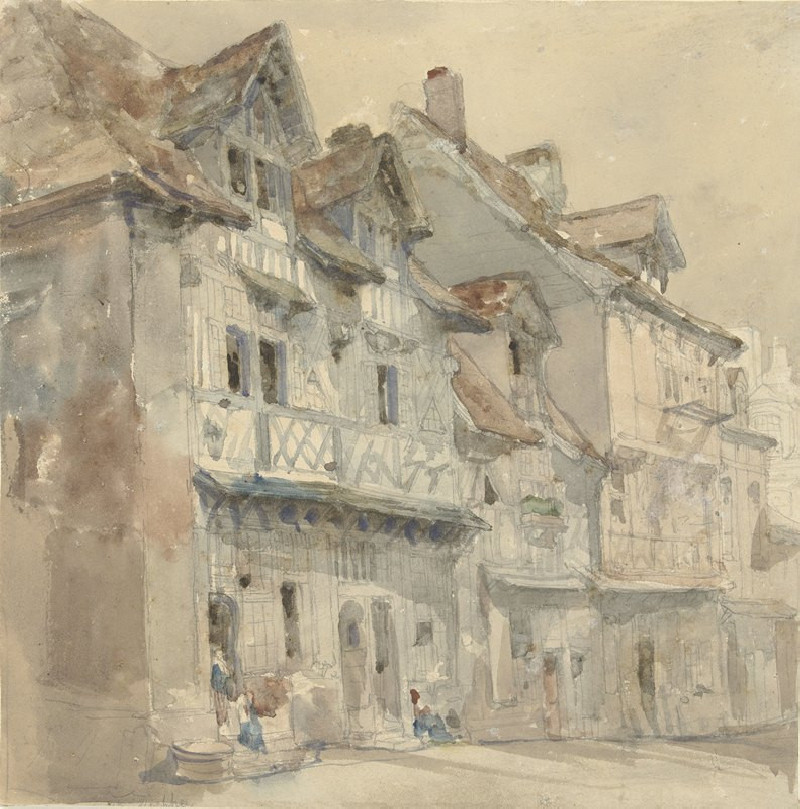
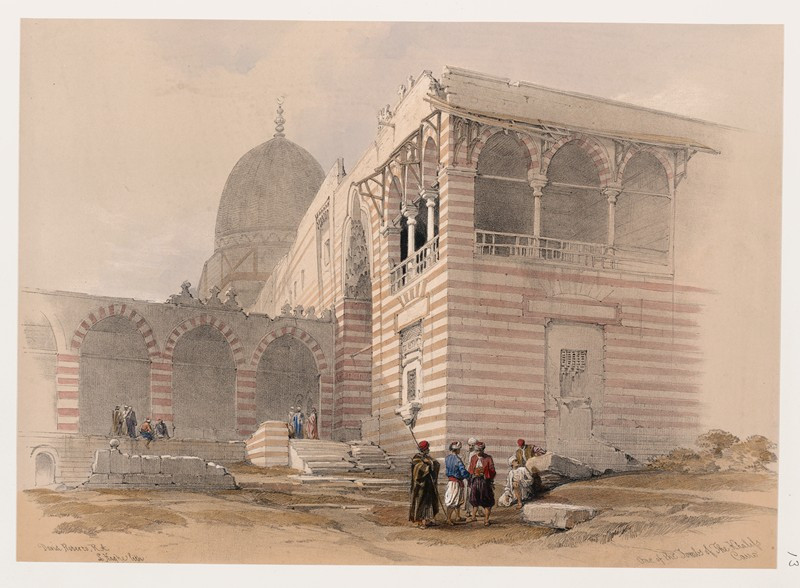

![Ruins of the Temple of Kardeseh [Qirtâsî], Nubia. (1846-1849) reproduction of painting by David Roberts. ALL GICLEE PRINTS](https://reprodukcijos.lt/39187-large_default/reproduction-of-ruins-of-the-temple-of-kardeseh-qirtasi-nubia-1846-1849.jpg)
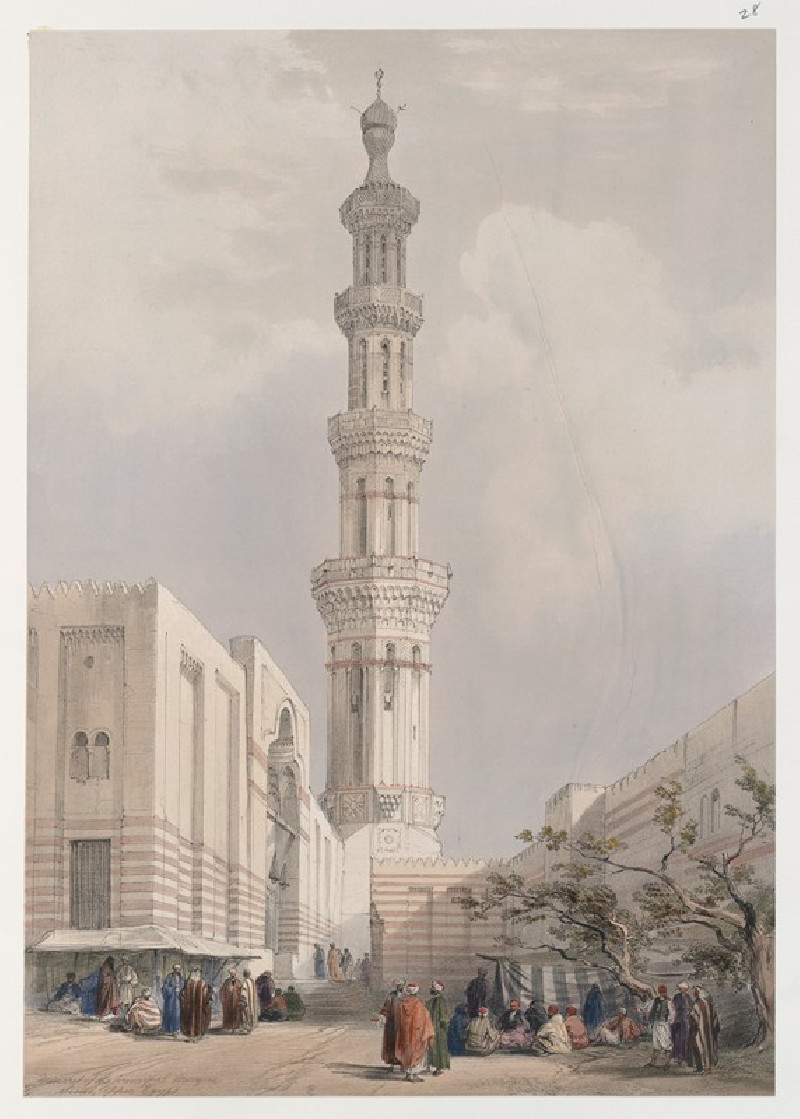
![Pyramids of Geezeh [Giza]. (1846-1849) reproduction of painting by David Roberts. ALL GICLEE PRINTS](https://reprodukcijos.lt/39185-large_default/reproduction-of-pyramids-of-geezeh-giza-1846-1849.jpg)
![Excavated temples of Aboosimble [Abû Sunbul], Nubia. (1846-1849) reproduction of painting by David Roberts. ALL GICLEE PRINTS](https://reprodukcijos.lt/39184-large_default/reproduction-of-excavated-temples-of-aboosimble-abu-sunbul-nubia-1846-1849.jpg)

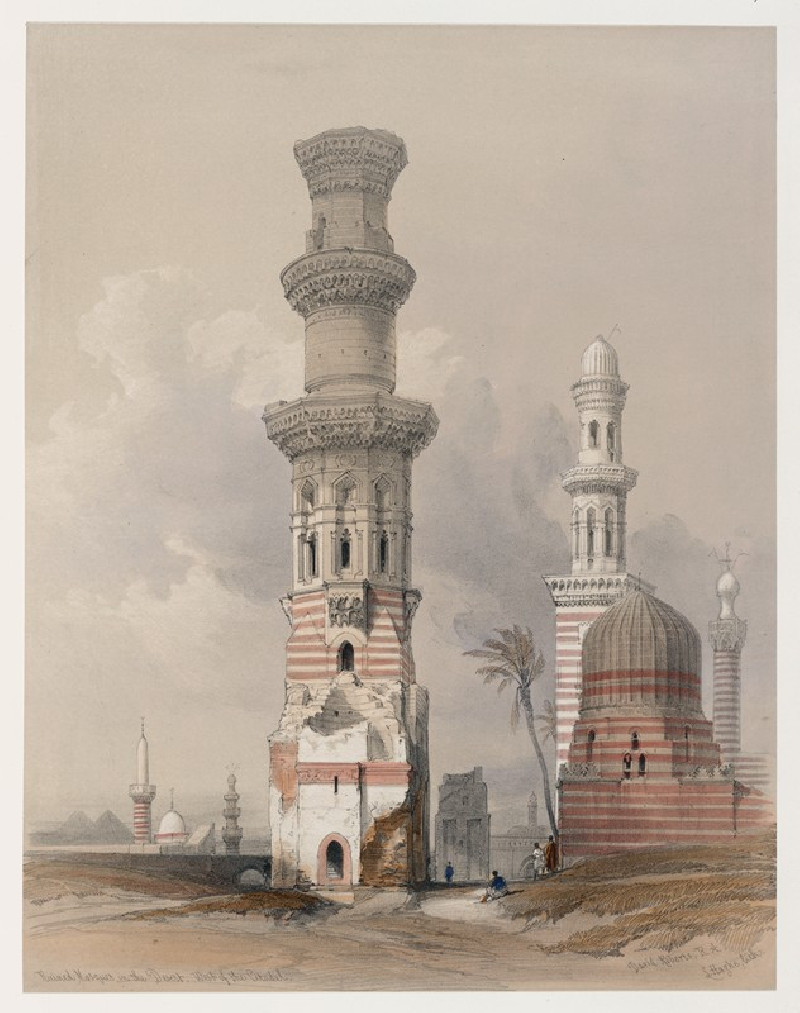

![Dayr el Medeeneh [Dayr al-Madînah], Thebes. (1846-1849) reproduction of painting by David Roberts. ALL GICLEE PRINTS](https://reprodukcijos.lt/39182-large_default/reproduction-of-dayr-el-medeeneh-dayr-al-madinah-thebes-1846-1849.jpg)
